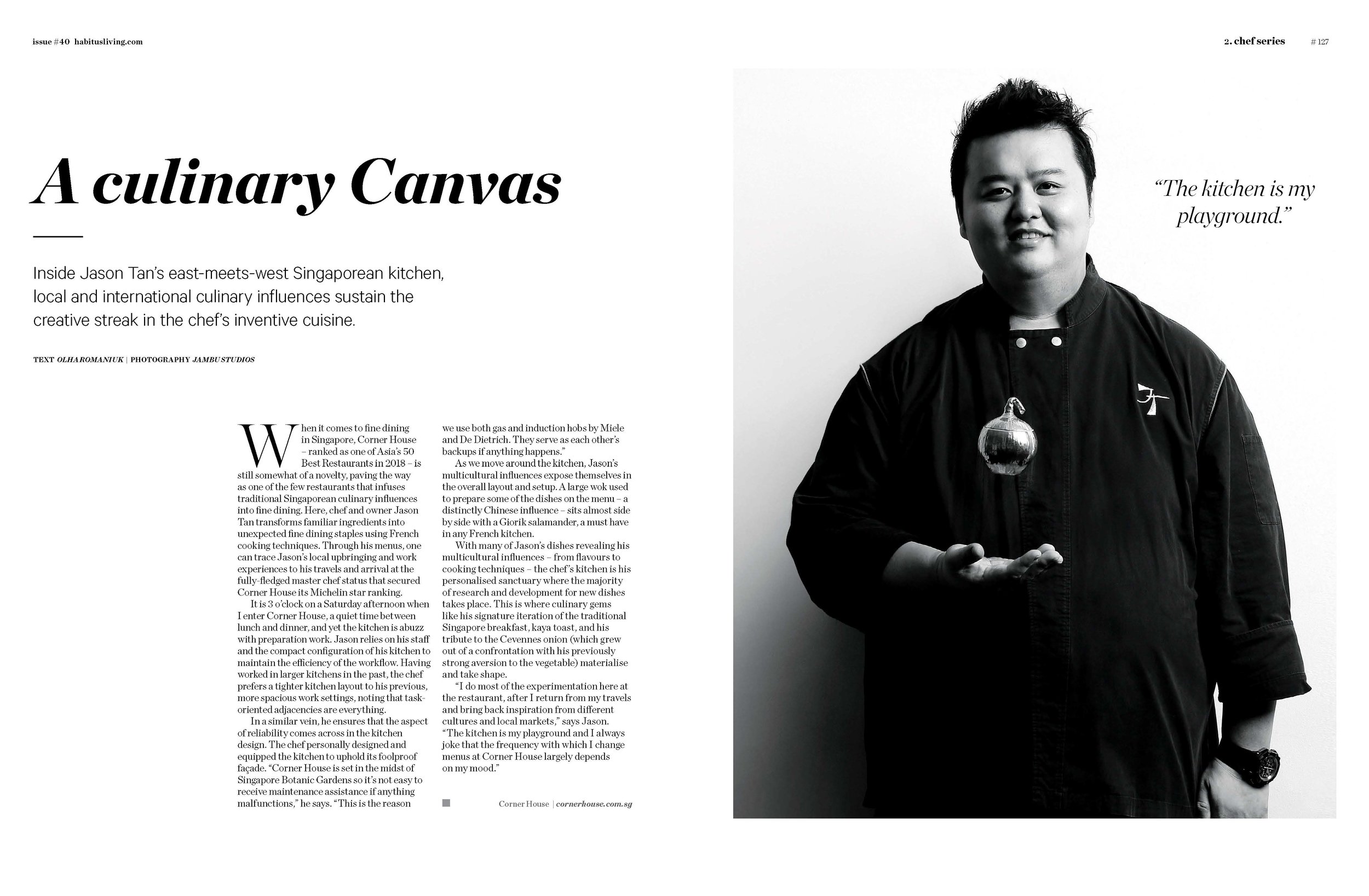Back when it used to be a prominent red-light district in Singapore, Keong Saik Road and its surround have left a lasting impression on author Charmaine Leung’s identity – impactful enough for her to write a book about her memories and experiences of the neighbourhood.
While Keong Saik has lost not only its notorious roots but also a certain sense of community since then, the stories live on in Charmaine’s book 17A Keong Saik Road, revealing a colourful but wistful side of Keong Saik that is beginning to be forgotten.
1. Your book name is also an address. How is this significant?
My mother operated a brothel here when I was growing up from the 70s to the 80s. I will always remember it as a place that ‘separated’ my mother and me. We had to live apart from each other.
Growing up in 15A Keong Saik Road
But, it is also because of this address that I had the chance to meet many amazing and courageous women who influenced my life till this day. Their spirit of resilience and how they persevered to make life work against all odds are a constant inspiration for me.
Charmaine's grandmother and her mother posing in a studio
Today, 17A Keong Saik Road is the address of a restaurant.
Tell us more about your neighbours living in the area.
The people who lived in the neighbourhood were mainly Chinese, though a small population of Indians also lived in Keong Saik. The Chinese community were made up of clan associations and business owners who had their businesses on the ground floor units, brothel operators and ma je who worked in the brothels, ladies (dai gu liongs) who were sex workers, as well as others who needed a roof over their heads after a long day’s work.
I lived at 15A Keong Saik Road with my nanny, and the neighbours who lived directly above our unit at 15B was a family of seven: the father was a lorry driver, his wife a fishmonger, and they had three daughters and two sons. They also made parts of their space into cubicle rooms and leased them out to a seamstress and a cosmetics salesman who worked in Outram Park.
There was a great sense of community and belonging amongst the neighbours – a village-like atmosphere where everyone who worked and lived on those streets was friendly and seemed to know, or know of, one another. We could easily tell who was a gai fong (resident of the street) and who was a visitor to the area.
What was it like growing up in Keong Saik?
Growing up on Keong Saik was colourful. The sense of community in a village-like manner was probably the closest thing I could experience to living in a real kampung.
Little Charmaine posing at 'her playground'
As a kid, I was allowed to run along the covered five-foot walkways on Keong Saik as long as I did not cross what the adults called my ‘boundaries’ – the junctions at Keong Saik and Kreta Ayer Road, Keong Saik and Neil Road, and Teck Lim and Neil Road – where the traffic was heavy with cars. I also got to roam the grass areas at what is known as Duxton Plains Park today. I used to run up and down the green slopes, playing catch with my childhood playmates.
Which building was a major part of your childhood?
The triangular-shaped building. It used to house Tong Ah Coffee Shop. This used to be the place where residents of Keong Saik gathered in the morning for breakfast and their daily dose of gossip. I loved having the butter and kaya toast from Tong Ah for breakfast!
What is one thing that has not changed?
The sheltered ‘five-foot ways’. It is the one thing that has not changed for me in Keong Saik no matter how the inhabitants of the street, residents or business, have evolved over time.
I still feel that same ambience I used to feel walking under these covered walkways today. This is especially around the area near the Chinese temple located at 13 Keong Saik Road where, as a child, I used to look up at the large lanterns hanging above me as I passed them.
What is your one favourite building in the neighbourhood?
It is the building at 15 Keong Saik Road but not because I used to live there! 15 Keong Saik Road has what I would consider the best view of the entire Keong Saik stretch. It is situated at the intersection overlooking the three streets of Keog Saik, Jiak Chuan and Teck Lim Road. It was very good for people-watching. Today, it houses the Singapore office of ARD German Radio and TV.
What is one particular memory of the place that does not exist anymore?
Instead of thinking of a place, a whole community of ma je who was living and working on Keong Saik comes to my mind. They used to be such a common sight in the Keong Saik area and in Chinatown.
Ma Jie celebrating at a gathering
The friendships they had with each other left a deep impression on me – they were always looking out for one another, and coming to the rescue of their ‘sisters’ in need. Today, very few of them are left, and the last of them are probably in their nineties. They are a part of our history that will be forever lost.
What building has been particularly well preserved over the years?
The Chinese temple at 13 Keong Saik Road looks exactly like how I remembered it when I was growing up, and when I revisited the area in early 2000s. Although it did not add any fresh colours of paint like some of the other shophouses in Keong Saik did, it is well preserved over the years and has stood the test of time.
How do you feel about the evolving changes in the neighbourhood?
What I miss is the old neighbourhood with the people who used to live in Keong Saik. Today, it is a very different community, made up mostly of businesses, restaurants and cafes. I don’t think many people live in Keong Saik anymore. In that sense, it will never be the same Keong Saik for me.
However, I am glad to see the conservation efforts in the area. In Singapore, many old buildings have been demolished to make way for new developments. At least, I know I will always be able to point out to visitors where I used to live and play amongst these houses and alleys.
How do you think a balance can be achieved between making space for the new and preserving heritage?
I think preserving heritage does not necessarily have to be a trade-off between the new and the old. Holding onto the past for the sake of preserving heritage may not be realistic. It is also about evolution, and perhaps looking at adaptive reuse, that is, how an old building can be used in today’s context.
Take for example, The Warehouse Hotel at Havelock Road which was awarded the 2017 Architectural Heritage Awards for restoration and innovations. The character of the former warehouse has been retained while innovations were introduced to adapt that building to a new use, making it relevant for the travellers of today.
We also need to continuously educate people on the importance of heritage, and make it interesting for our future generations to want to know, explore, and make their own interpretations of heritage.
What is the lasting legacy of Keong Saik that you want people to remember?
I hope people can remember Keong Saik as a place where our forebears had come to settle from China, worked hard to make a living, and left an imprint here. It was not merely streets that provided entertainment to pleasure seekers, but a place where a community of people, despite their difficulties, persevered in working towards the hope of a better future.
Keong Saik can, and should, serve as an inspiration, or a reminder, of how far Singapore has come as a country made up mainly of immigrants who left their home countries to make a life for themselves.
17A Keong Saik Road recounts Charmaine Leung’s growing-up years on Keong Saik Road in the 1970s when it was a prominent red-light precinct in Chinatown in Singapore. An interweaving of past and present narratives, 17A Keong Saik Road tells of her mother’s journey as a young child put up for sale to becoming the madame of a brothel in Keong Saik. Unfolding her story as the daughter of a brothel operator and witnessing these changes to her family, Charmaine traces the transformation of the Keong Saik area from the 1930s to the present, and through writing, finds reconciliation.













